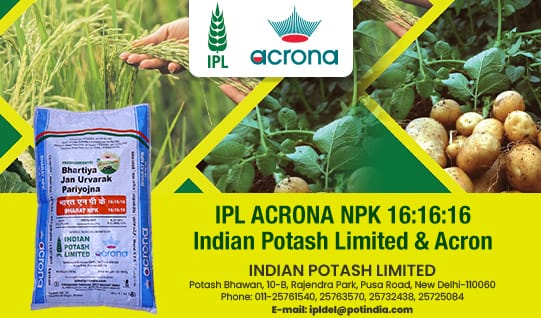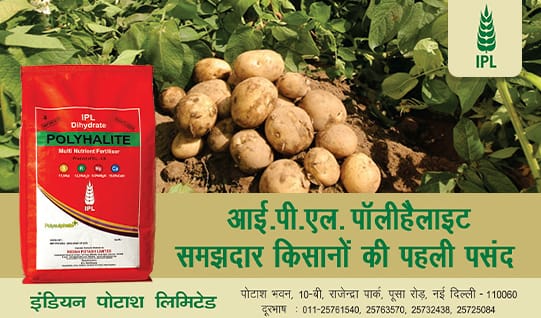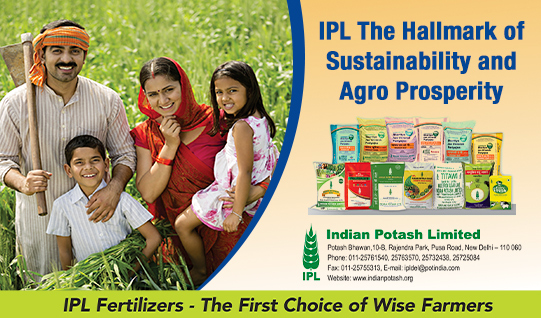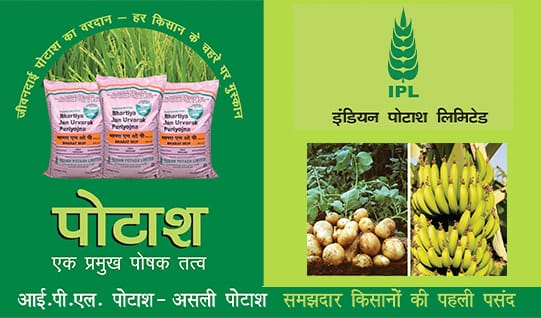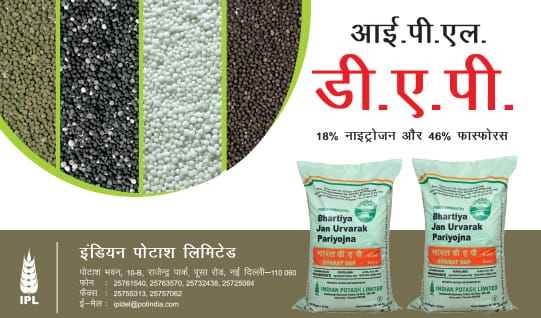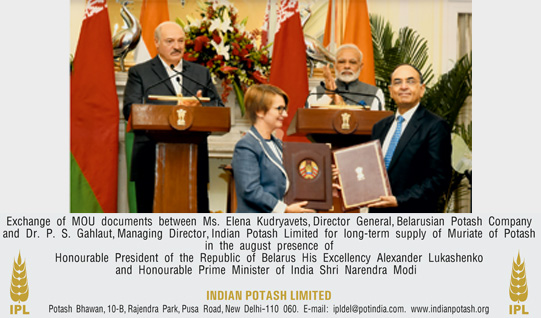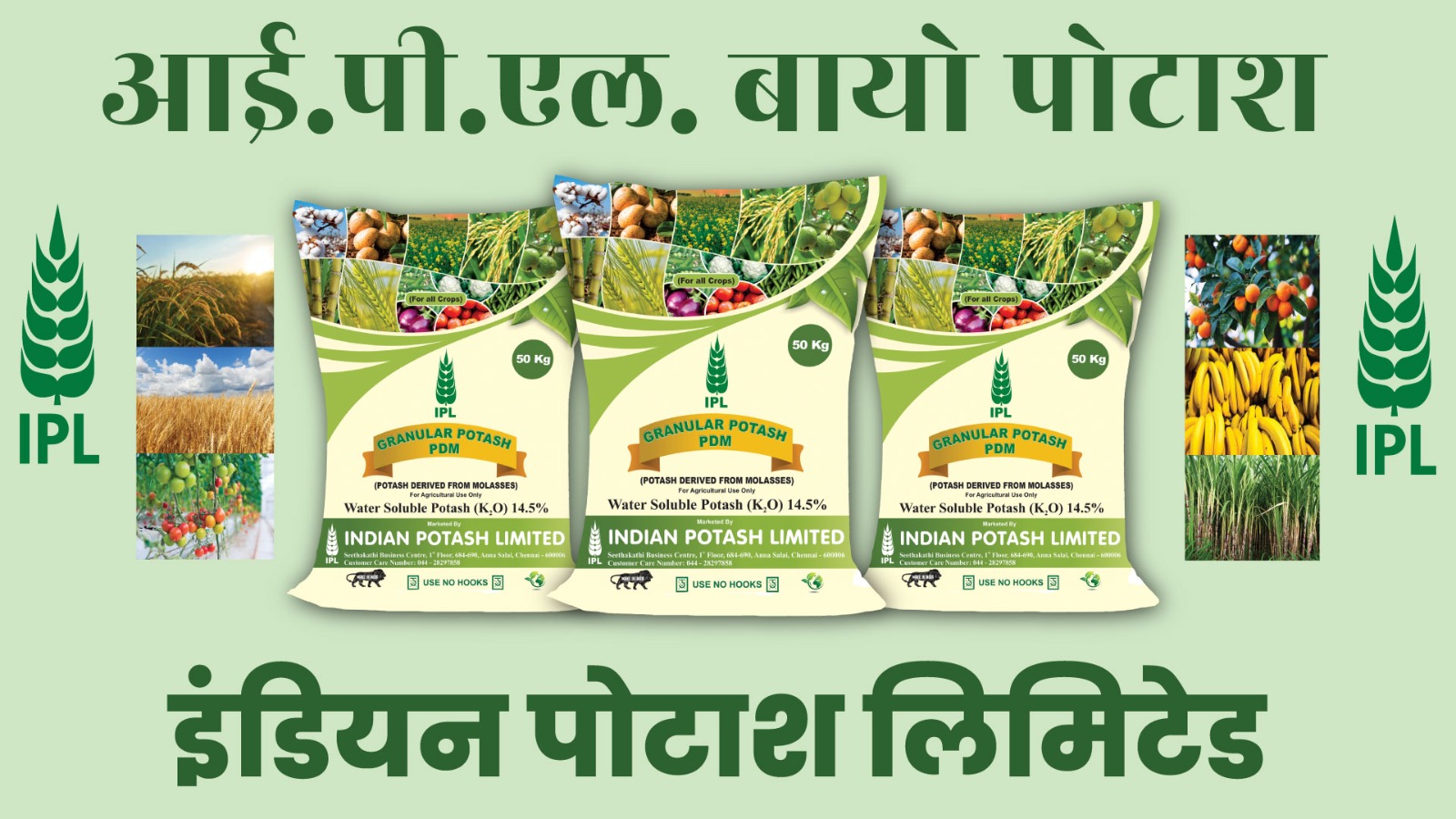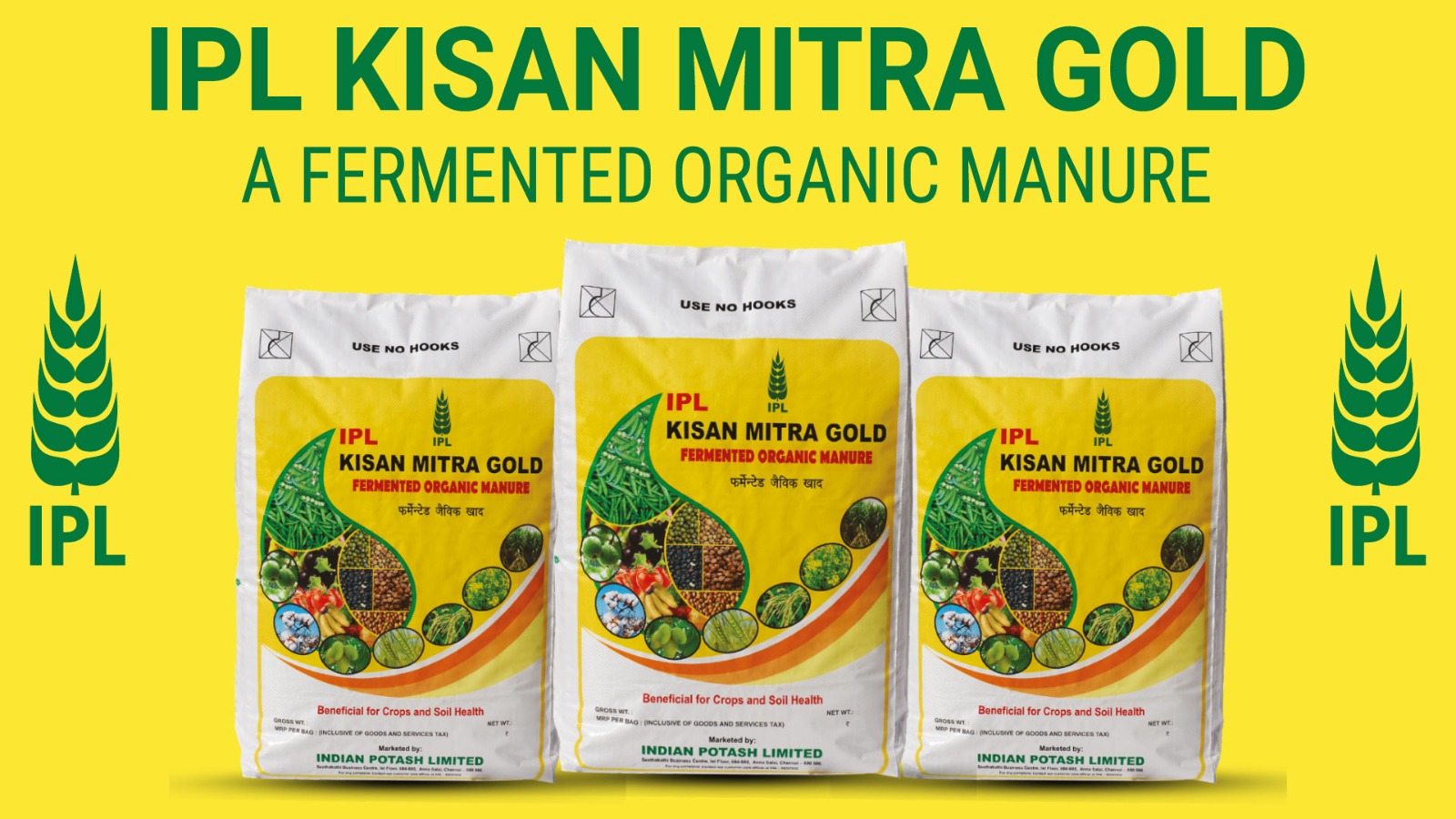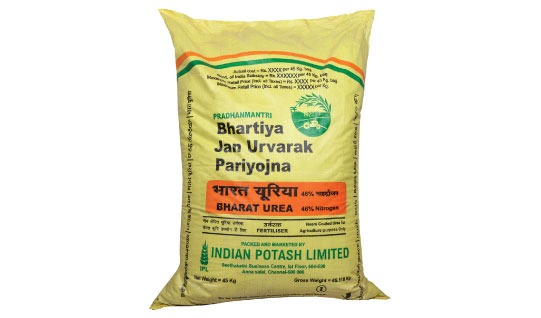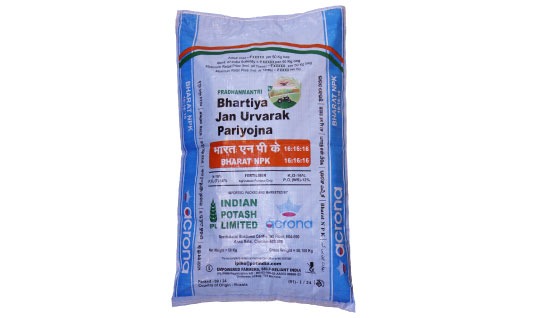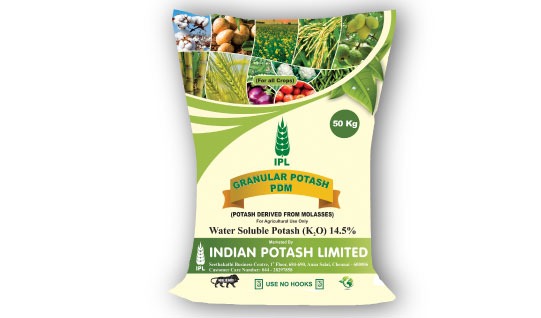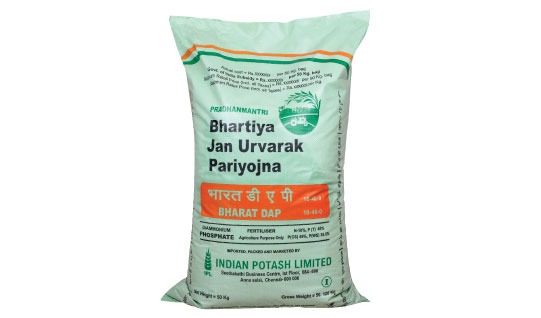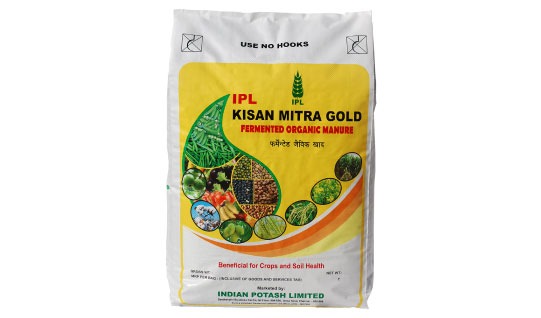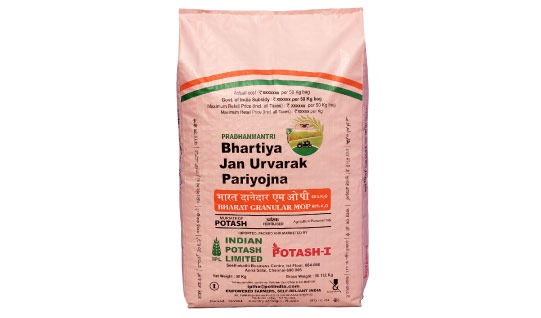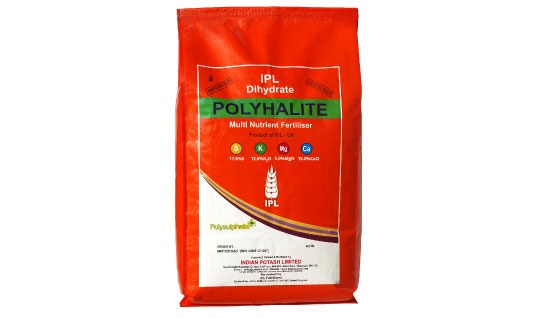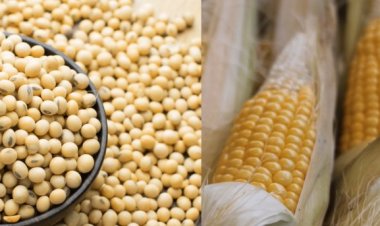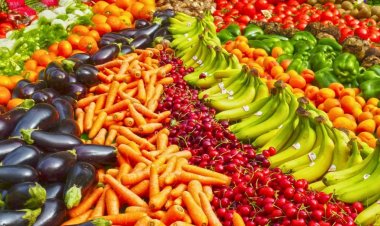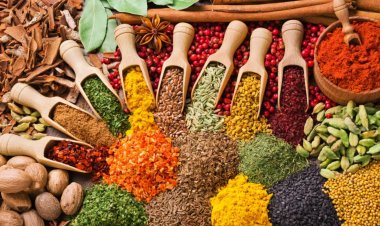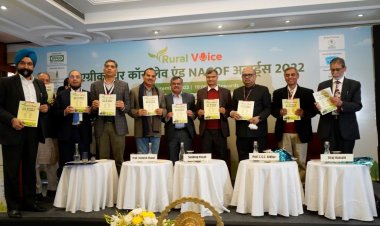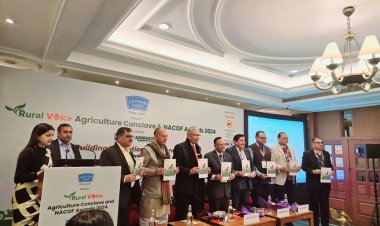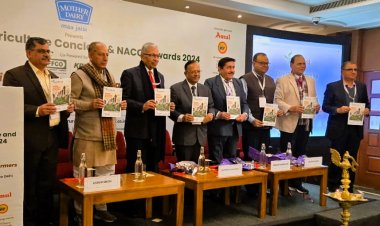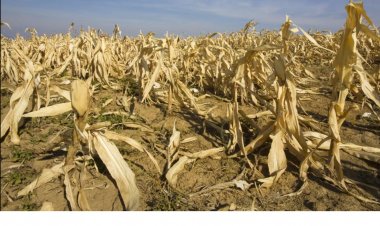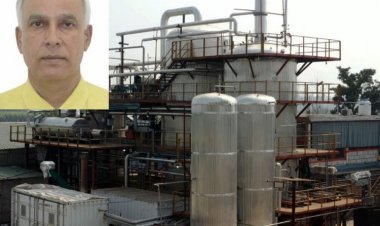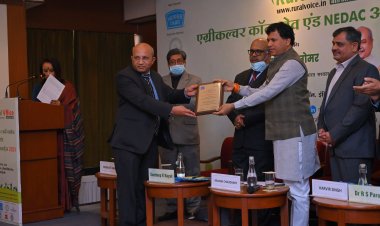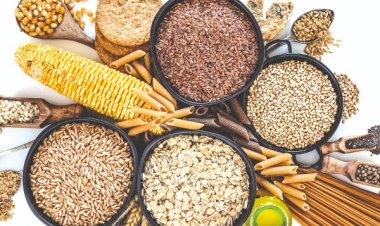Flexible Approach In Trade Deal With US Inappropriate; Need To Exclude Agriculture From Talks
U.S. officials, including the President and the Commerce Secretary, have adopted an aggressive posture, frequently highlighting India's high tariff rates. President Trump has noted that India is among the countries imposing the highest tariffs. In contrast, India has maintained a conciliatory approach, as reflected in statements by External Affairs Minister S. Jaishankar and Commerce Minister Piyush Goyal.
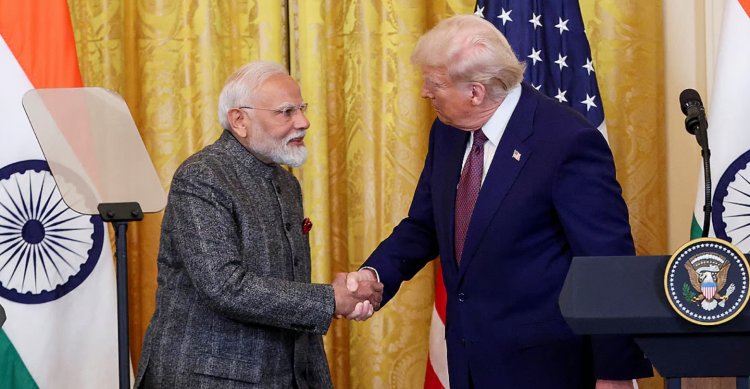
Today is the last day of the latest round of trade negotiations between India and the United States, with the government indicating that a formal agreement may be reached in the coming months. U.S. President Donald Trump's persistent emphasis on "reciprocal tariffs" has exerted considerable pressure on Indian negotiators. This is evident from India's recent decision to reduce import duties on bourbon whiskey from 150% to 100% and to lower advertising tariffs for American tech companies like Google and Meta.
A significant point of contention remains the agricultural sector. Historically, India has excluded agriculture from most free trade agreements. The question now arises: Is it feasible to maintain this stance in the current negotiations with the U.S.?
U.S. officials, including the President and the Commerce Secretary, have adopted an aggressive posture, frequently highlighting India's high tariff rates. President Trump has noted that India is among the countries imposing the highest tariffs. In contrast, India has maintained a conciliatory approach, as reflected in statements by External Affairs Minister S. Jaishankar and Commerce Minister Piyush Goyal.
Jaishankar views U.S. LNG and crude oil imports as reliable energy sources for India, while Goyal encourages industries to consider suppliers beyond China, implicitly suggesting increased imports from the U.S. However, India's automotive and electronics sectors express concern that heightened U.S. tariffs could pose challenges, and reduced duties on American products might impact domestic industries.
International trade experts caution that India's flexible stance may not be advantageous. When President Trump announced tariffs against Mexico and Canada, both nations responded in kind, leading to negotiations that postponed the increased tariffs and sought middle ground. Similarly, China has made it clear that any U.S. tariff hikes would be met with equivalent measures, exemplified by imposing 10% and 15% duties on various agricultural imports.
This raises the question: Why can't India adopt a stance similar to China's? China negotiates foreign investment and market access on its terms, whereas India often appears eager to attract foreign investment without leveraging its vast market to its advantage.
While manufacturing presents challenges, the U.S. is keenly interested in India's agricultural market. The U.S. Commerce Secretary has stated that India should open its agriculture sector, seeking markets for products like soybeans, maize, cotton, and even wheat. Additionally, the U.S. aims to export crude oil to India at market prices and views India as a significant market for ethanol. India's Ethanol Blending Program (EBP) aims for 20% ethanol blending (E20) by 2025.
Transport Minister Nitin Gadkari advocates for the introduction of E100 vehicles, running entirely on ethanol. However, the EBP's original intent- to utilize surplus sugar production for ethanol- faces challenges due to recent declines in sugar output. In the current season, sugar production is projected to be approximately 6 million tons less than the previous year, prompting many mills to halt ethanol production from cane juice and B-heavy molasses. Consequently, oil marketing companies' new tenders exclude ethanol derived from cane syrup and B-heavy molasses, focusing instead on grain-based ethanol and C-heavy molasses ethanol. This situation has led industry stakeholders to consider importing ethanol from the U.S.
Beyond staple crops, the U.S. seeks to export dairy products, poultry, dried fruits, Washington apples, cherries, and pears to India. Incorporating the Indian agricultural market into the trade agreement could adversely affect Indian farmers. While the specifics of the ongoing negotiations remain undisclosed, it is imperative that any decisions regarding tariffs on agricultural products involve consultations with all stakeholders to ensure the protection of Indian agriculture from inexpensive imports.



 Join the RuralVoice whatsapp group
Join the RuralVoice whatsapp group